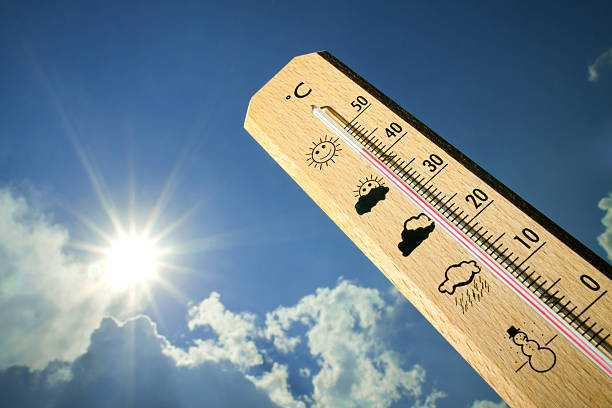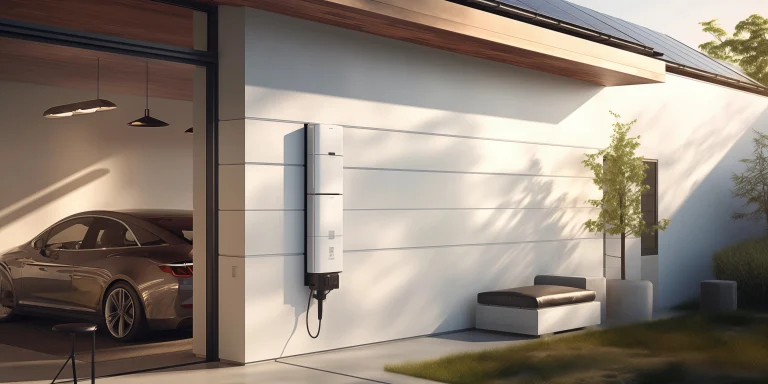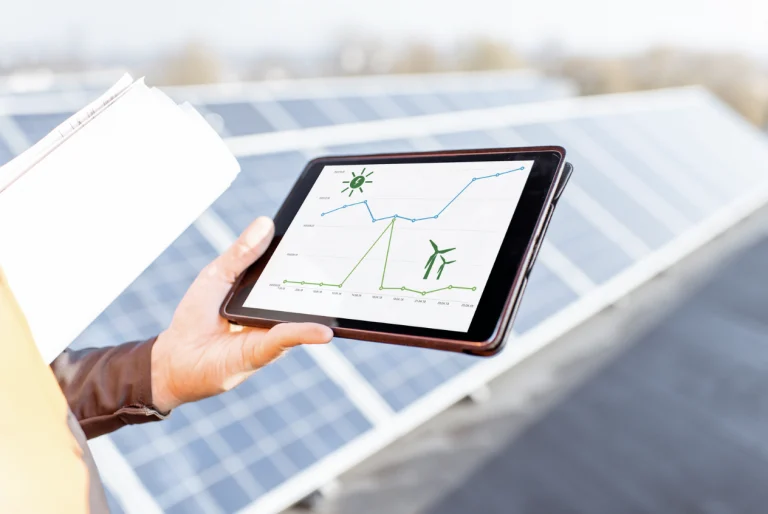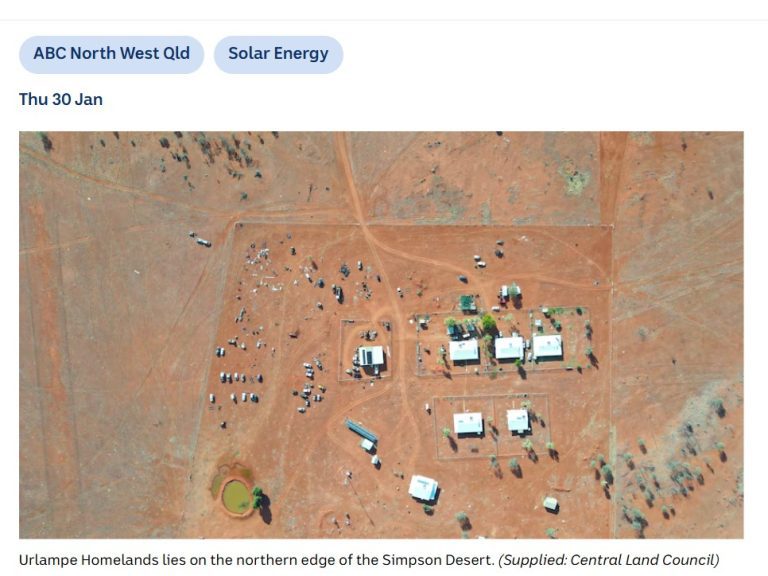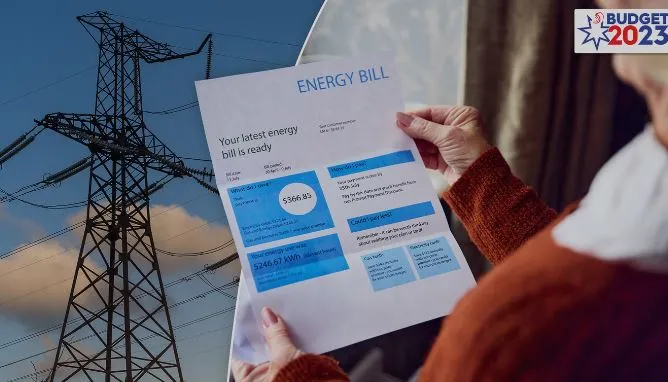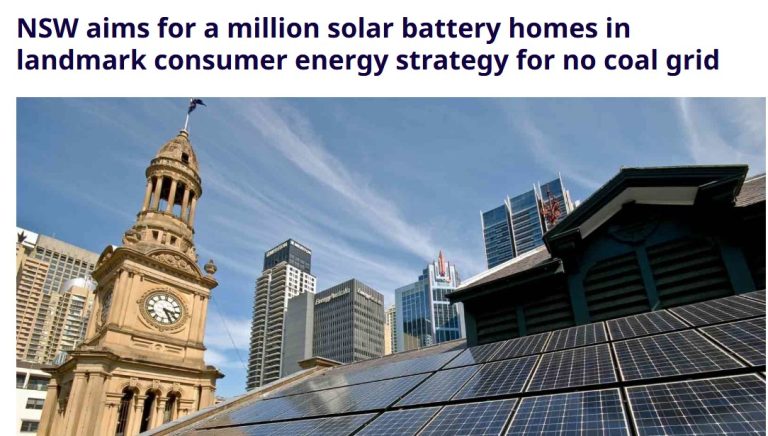A widespread heatwave has large parts of the country’s interior expected to reach highs of above 40 degrees Celsius on Monday, 16th December 2024.
Across the nation temperatures are 12 to 16 Celsius above average, meaning averages of high 30s to low 40s for coastal areas and low 40s for inland areas.
The Australian summer is here, just in time for Christmas and New Year!
While heatwaves are challenging to predict, they can significantly impact the cost of living during the summer months, not to mention the havoc when coupled with power outages.
- Increased energy costs: During heatwaves, the demand for electricity rises as people use air conditioners and cooling systems more frequently. This heightened demand may lead to increased energy costs (and blackouts), impacting household utility bills.
- Higher cooling expenses: Individuals may need to spend more on cooling their homes, such as running air conditioners or fans for longer durations. This can contribute to higher electricity bills and overall living expenses.
- Water usage and costs: In some regions, heatwaves can lead to drought conditions, affecting water supplies. This may result in water use restrictions, potentially impacting landscaping and increasing water bills if water becomes scarcer.
- Impact on agriculture: Extended periods of extreme heat can adversely affect agriculture, leading to lower crop yields. This, in turn, can contribute to increased prices for certain food items, influencing the overall cost of living.
- Infrastructure strain: Heatwaves can strain infrastructure, potentially leading to increased maintenance costs for utilities and public services. This may indirectly affect the cost of living as these expenses are factored into service fees and taxes.
- Insurance costs: Increased frequency and severity of heatwaves may impact insurance costs, particularly for property and health insurance. Insurers may adjust premiums based on the rising risks associated with extreme weather events.
While the specific impacts can vary based on the region and existing infrastructure, it’s important to consider these factors when assessing how heatwaves might influence the overall cost of living during the summer months.
What can you do to be more proactive?

Proactive measures such as energy-efficient home practices and climate-resilient infrastructure can help mitigate some of these effects.
Solar PV: The widespread installation of rooftop solar PV systems plays a crucial role in decreasing overall electricity demand, especially during peak periods in summer heatwaves. However, it’s important to note that this may shift the peak demand to later in the day as sunlight decreases.
Solar Battery: Fortunately, the future adoption of batteries to store the excess power generated by rooftop solar is expected to counterbalance this shift, making the overall impact more favorable. If you have installed solar panels on your rooftop, bravo. You’re ready for the next secret weapon: a solar battery! 🌞
Solar batteries hold the key to unlocking the full potential of renewable energy. As sunlight is converted into electricity by the solar panels, any surplus energy generated during sunny days can be captured and stored within these solar batteries for future use.
When electricity is needed yet the sun isn’t shining, e.g. during night time, overcast days or in the event of a blackout, the stored energy is converted back into usable electricity and readily supplied to your home. Solar batteries can ensure a continuous power supply all year round.
Why UNIfied?
At UNIfied, we are here to ensure your electrification journey is as efficient and seamless as possible. You can look forward to paying less on your electricity bills when combining a UNIfied solar system with one of the solar batteries we have in our range.
Contact UNIfied today or call 1300 817 847 to achieve greater savings in these precarious times, and start your journey of clean energy living!
